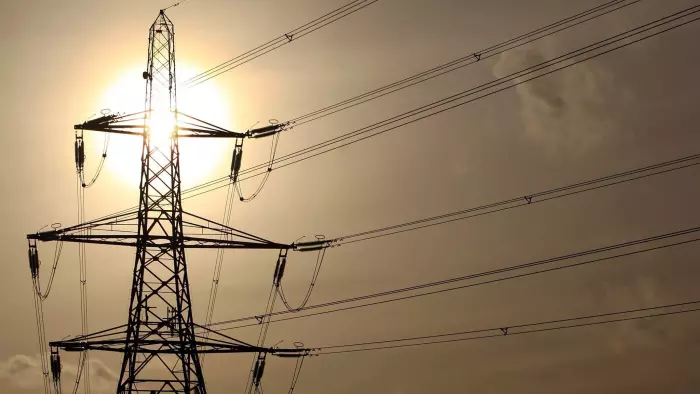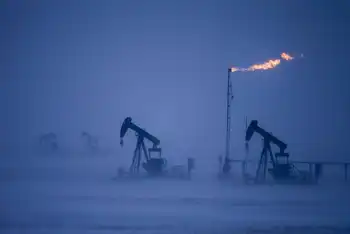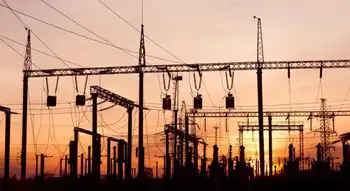CanadaÂ’s emissions soared in 2007
By Globe and Mail
NFPA 70e Training - Arc Flash
Our customized live online or in‑person group training can be delivered to your staff at your location.

- Live Online
- 6 hours Instructor-led
- Group Training Available
Environment Canada said emissions rose to 747 million tonnes of carbon dioxide, up by 4 per cent from 718 million tonnes the year before.
The federal department blamed a cold winter, increased use of coal-fired power stations and petroleum extraction activities for the rise.
Emissions were 26 per cent above their 1990 level, when modern record-keeping began, violating a key pledge Canada made in the Kyoto Protocol to cut them by 6 per cent.
Without a serious national policy to curb the releases “the long-term trend is for continued increases in emissions,” said Matthew Bramley, a spokesman for the Pembina Institute, a conservation think tank.
Environment Canada didn't provide specific figures for the oil sands, but said the mining and oil and gas extraction sector, a classification it uses that includes the mining of Alberta's gooey bitumen, had a 57-per-cent rise in releases from 2004 to 2007.
Mr. Bramley said the oil sands were the country's “single biggest source of emissions increases.”
Canada has one of the fastest rates of growth in greenhouse gas releases in the developed world, and a record that is far worse than in the U.S., where carbon dioxide emissions increased by only 1.4 per cent in 2007 and are 17 per cent higher than in 1990.
Environment Canada attributed Canada's long-term difficulty in curbing emissions to large increases in oil and gas production and to the rising popularity of gas-guzzling sport-utility vehicles, among other factors.
One worrisome development is that pine beetle infestation and forest fires are causing the country's woodlands to release carbon dioxide, rather than absorbing the gas, as should be the case. In 2007, the net losses from forests were 45 million tonnes, or about the same amount that would be released from the driving of 9 million cars.
Although emissions are rising sharply overall, some sectors have shown little change, or decreases.
Releases from homes were essentially the same in 2007 as in 1990, despite the rising number of households, due to increased furnace efficiency. The aluminum industry cut its greenhouse gases by 22 per cent from 1990 to 2007 due to improved emission control technologies.











